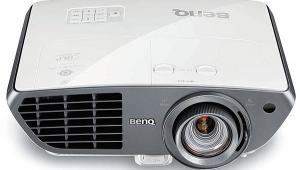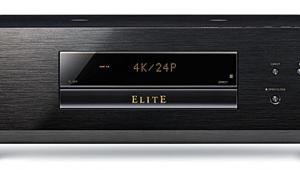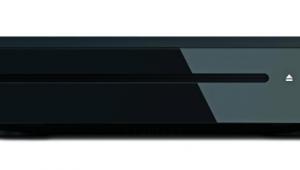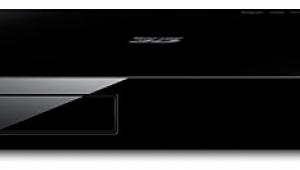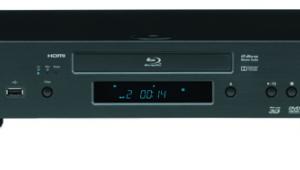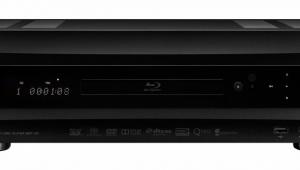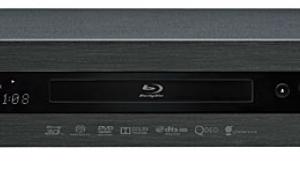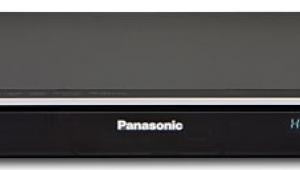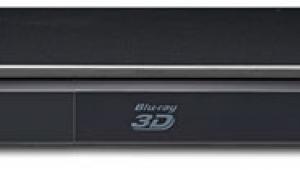Samsung BD-C6900 Blu-ray 3D Player
 Price: $350 At A Glance: Exceptional speed • Plethora of streaming services, including Netflix, Blockbuster, and VUDU • Built-in 802.11n Wi-Fi • Blu-ray 3D
Price: $350 At A Glance: Exceptional speed • Plethora of streaming services, including Netflix, Blockbuster, and VUDU • Built-in 802.11n Wi-Fi • Blu-ray 3D
Blu-ray 3D Is Here
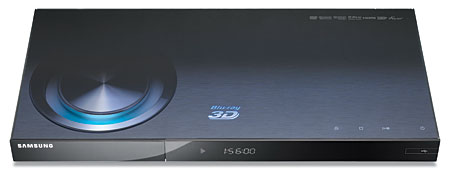
To 3D or not to 3D, that is the question. Sorry to go Shakespeare on you, but I’m skeptical as to whether 3D is the next big thing on the horizon. Samsung is one of the major players vying for your 3D dollar, and I have to give the company credit for leading the charge on the next advancement in home entertainment. You may recall that Samsung was the first company to release a Blu-ray player (BD-P1000). While that launch wasn’t as smooth as the company would have liked due to a faulty noise-reduction setting, Samsung eventually fixed it, and the format has now become mainstream. Is history going to repeat itself for Blu-ray 3D? And if not, is the BD-C6900 worth your 2D investment?
Tiny and Shiny
When HD disc players debuted in 2006, they weren’t the sleekest-looking devices. In fact, the Toshiba HD-A1 HD DVD player had the look and bulk of a 1982 VHS machine. I had no idea what a first-generation Blu-ray 3D player would look like, but I didn’t expect it to be as small as this. In fact, this is one of the smallest players I’ve seen, at 4 pounds and less than 9 inches deep.
The dainty player has no visible buttons on its glossy black faceplate. The only significant feature on the front panel is a hidden USB port on the right-hand side. A transparent window covers the disc tray. When you plug in the player, the top right-hand side reveals a touch-sensitive power button. Once you power on the Samsung, the Stop, Play/Pause, and Eject buttons glow to life. There’s also a glowing Blu-ray 3D logo that’s dimmable.

Rear-panel connections include a single HDMI 1.4 port that’s Blu-ray 3D ready and supports Deep Color. There are also component and composite video outputs. Audio outputs include 7.1-channel analog, stereo analog, and an optical digital (S/PDIF) output for lossy DTS, Dolby Digital, and two-channel PCM. The last connection is an Ethernet port to connect the player to your home network. If you prefer wireless, the Samsung also supports 802.11n Wi-Fi. The Wi-Fi connection found my network without any problems, but I prefer to use hard-wired Ethernet since signal strength is poor in my equipment rack (due to my home network, not the player).
Unfortunately, Samsung doesn’t include a second audio-only HDMI output, as some Blu-ray 3D players do. This means that if your AVR or surround processor doesn’t have an HDMI 1.4 connection and you plan to watch a Blu-ray 3D movie, then you’ll have to use the 7.1-channel analog outputs in order to enjoy lossless audio. Whether you plan to use the player for Blu-ray 3D or not, the BD-C6900 can decode Dolby TrueHD and DTS-HD Master Audio and send it via HDMI as PCM to an A/V receiver or surround processor (HDMI 1.1 or later). It can also send the raw bitstream to an AVR with HDMI 1.3 (or 1.4). However, as with all such bitstream feeds, you’ll lose secondary audio (commentaries, PiP) and Blu-ray Disc menu sounds.
